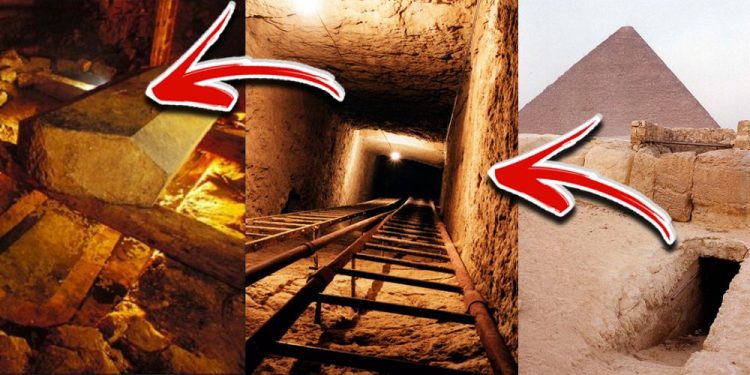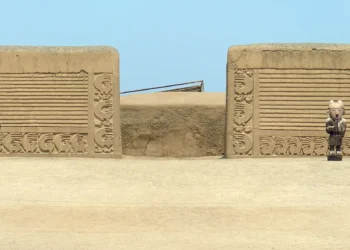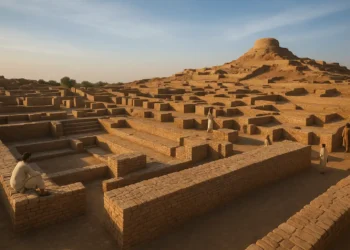The Osiris Shaft at Giza is one of the least understood ancient structures in Egypt—hidden beneath the causeway of Khafre’s Pyramid, it’s a massive multi-level chamber carved deep into the bedrock. Although known for decades, this subterranean monument was long ignored, partially flooded, and dismissed by many as a minor anomaly. But what lies inside suggests a forgotten piece of Egypt’s ancient religious landscape.
Egypt hides more than pyramids and temples
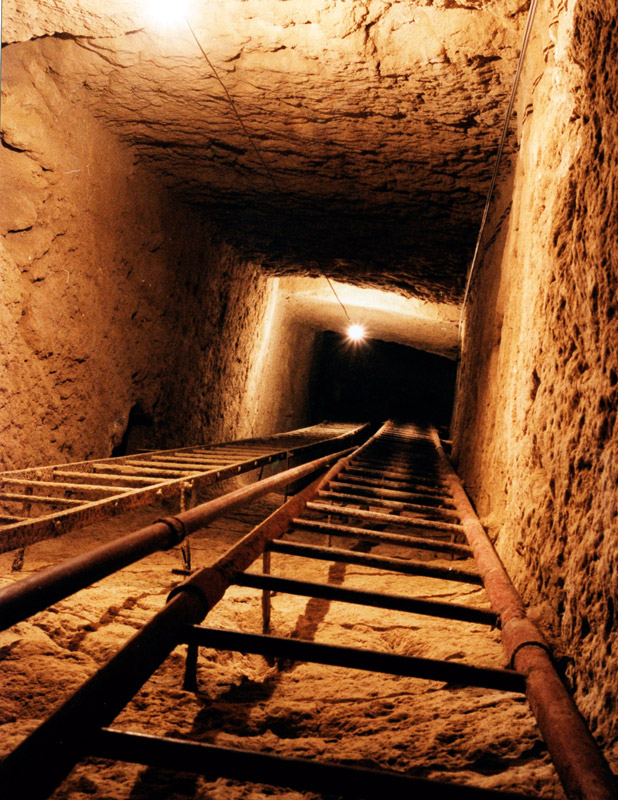
Egypt is often described as the land of pyramids, pharaohs, and gods—a place where ancient myth blends seamlessly with monumental architecture. From the Great Sphinx to the Valley of the Kings, every corner of the country is layered with history. But not every discovery gets the spotlight it deserves.
While tourists flock to Giza for the pyramids, few realize that beneath their feet lies a massive underground structure shrouded in mystery. It’s not visible from the surface, and it rarely makes headlines. But the Osiris Shaft—carved directly beneath the stone causeway of Khafre’s Pyramid—may hold clues to one of Egypt’s most sacred and ancient beliefs: the worship of Osiris, god of the underworld.
A hidden chamber beneath Giza
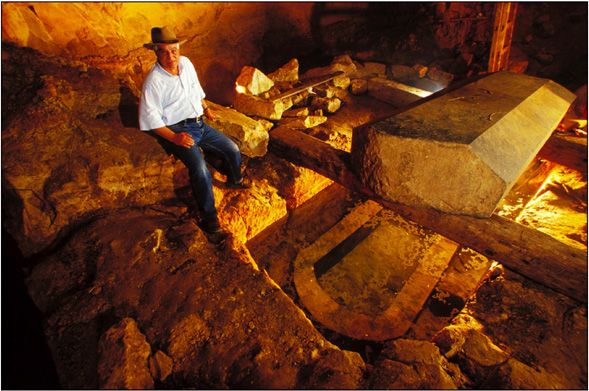
Known as the Osiris Shaft, this structure consists of three carved levels descending deep below the Giza Plateau. Although its entrance was known in modern times, it remained largely unexplored for decades due to flooding and inaccessibility.
The shaft was first explored in the early 20th century by Egyptologist Selim Hassan, who described it in detail between 1933 and 1934. In his own words:
“Upon the surface of the causeway, they first built a platform in the shape of a mastaba… In the centre of this superstructure, they sank a shaft… which passed through the roof and floor of the subway running under the causeway… At the bottom… is a rectangular chamber, in the floor of the eastern side of which is another shaft… This descends about 14.00 m. and terminates in a spacious hall surrounded by seven burial-chambers, in each of which is a sarcophagus.”
Two of these sarcophagi, according to Hassan, were so large that he speculated they might have held sacred Apis bulls.
Despite Hassan’s early documentation, no full excavation was attempted until 1999, when Egyptologist Zahi Hawass took on the project. By then, water levels had receded enough to allow full access.
Inside the Osiris Shaft: what archaeologists found
The Osiris Shaft is composed of three major levels.
Level 1 was empty.
Level 2 contained six side chambers carved from the rock, where archaeologists found ushabtis (small figurines), pottery fragments, and beads. Sarcophagi were discovered in chambers C, D, and G—two of which contained human remains in poor condition. These finds are generally dated to Egypt’s 26th Dynasty.
But it is Level 3, some 30 meters below the surface, that holds the most intrigue. This chamber is a large, water-worn subterranean hall. Inside it stands a stone sarcophagus, perfectly preserved but empty. Around it were ceramic fragments dating back to the Sixth Dynasty (2355–2195 BCE), suggesting the shaft’s origins stretch deep into Egypt’s Old Kingdom.
This very chamber may have been described nearly 2,500 years ago by Herodotus, the Greek historian often dismissed by scholars for blending myth with fact. He mentioned an underground chamber beneath the pyramids where Osiris was honored—a claim that, until this excavation, had been widely doubted.
A house for Osiris?
The shaft complex contains no inscriptions—an unusual trait for such a large structure. However, according to Hawass, one important clue was found when researchers moved the lid of the sarcophagus. Underneath, carved into the ground, was the hieroglyph “pr”, meaning “house.”
That might seem insignificant—until you consider the ancient name for this region: “pr wsir nb rstaw”, or “House of Osiris, Lord of Rastaw.” Scholars believe “Rastaw” refers to the network of underground passageways beneath the plateau. This phrase strongly suggests that the Osiris Shaft at Giza may have been part of a larger sacred complex dedicated to the god of the dead.
For decades, this structure was hidden, partially flooded, and largely ignored by archaeology. In 2017, it was opened to the public for the first time.
A forgotten link to the underworld?
The Osiris Shaft raises more questions than answers. Why was it built in such a difficult location, deep beneath the causeway? Who were the individuals buried there? Why were two of the sarcophagi so massive? And was this chamber truly linked to the cult of Osiris, or was the connection made later through association and myth?
Whatever its original purpose, the shaft adds another layer to the puzzle of the Giza Plateau. It reminds us that even in one of the most studied archaeological sites in the world, there are still discoveries waiting in the dark.



